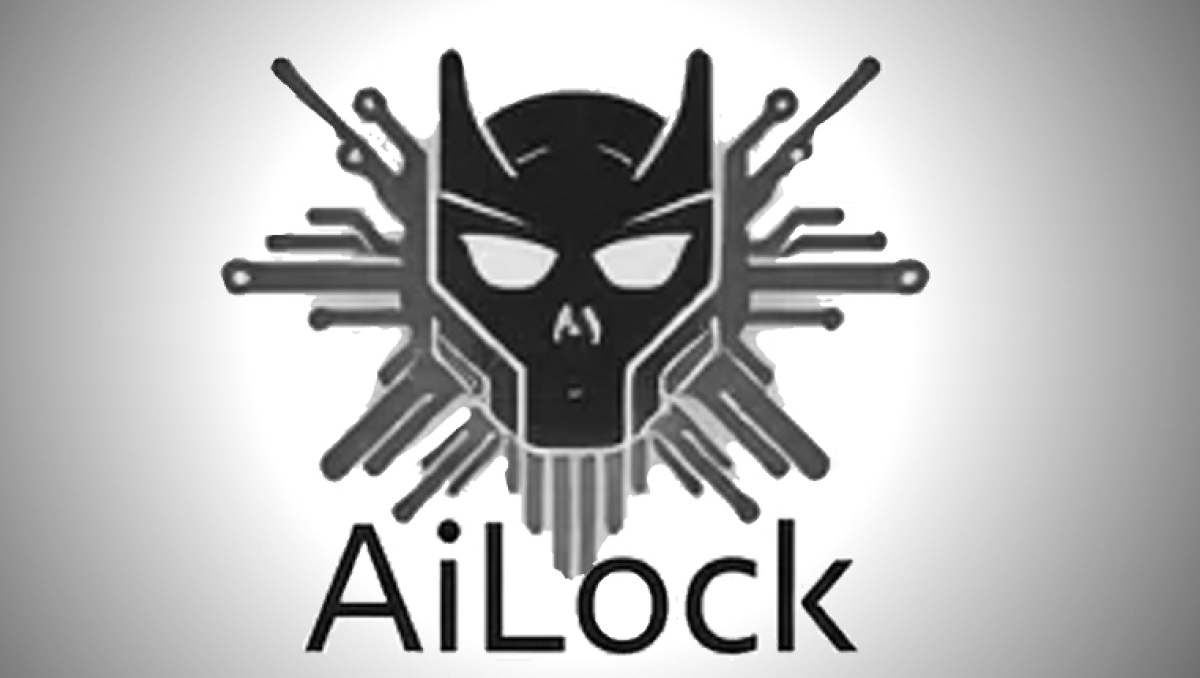AiLock Ransomware: What You Need to Know
AiLock is a type of ransomware-as-a-service (RaaS) operation that has been making waves in the cybersecurity world since its emergence in March 2025. Security researchers at Zscaler have identified this threat as one of the most concerning types of malware, with cybercriminals using it to extort ransoms from organizations and individuals alike.
The usual tactics, threats, and demands associated with ransomware attacks are present here, but what makes AiLock particularly noteworthy is its unique twist. In addition to the standard "we've stolen your data and encrypted your files" threat, the attackers have added a new level of intimidation by claiming that they will inform regulators about any personal data breaches if their demands are not met.
This means that organizations face not only the fear of having their sensitive data released onto the dark web but also the prospect of being subject to regulatory penalties and reputational damage. The attackers have set a deadline of 72 hours for victims to respond, after which they will begin publishing the stolen data and destroying any recovery tools.
However, if an organization decides to pay up, AiLock promises to keep everything confidential, provide "deletion logs" as proof that the data has been wiped, and even offer expert advice on how to strengthen their IT infrastructure against future threats. But can you trust these attackers? Should you ever consider paying a ransom to a cybercriminal gang?
While it may be tempting to pay up and avoid the headache of dealing with the aftermath of a breach, this is not a good business decision for several reasons. First and foremost, there's no guarantee that the attackers will follow through on their promises. If they don't stick to their word, you'll still end up with compromised data and potentially serious reputational damage.
Additionally, paying a ransom does not stop the attackers from releasing sensitive information on the dark web. In fact, this is often the case, making it a costly and fruitless exercise for organizations. So, how can you tell if your computer has been hit by AiLock ransomware? Look out for the distinctive changes made to files and system settings:
- Files will have their file extension changed to ".ailock"
- Icons will be replaced with a green padlock containing the word "AiLock"
- The computer's wallpaper will change to a robot-like angular skull against a background of radiating red and pink circuit-like lines
So, how can your organization protect itself from AiLock ransomware? The key is to follow best practices for defending against ransomware attacks:
- Enforce multi-factor authentication on all remote access points
- Disable unused RDP or VPN access entirely
- Use IP allowlists or geofencing where possible
- Maintain regular backups and have a plan in place for disaster recovery
- Keep your software up to date, including antivirus software and operating systems
By following these tips and staying vigilant, you can reduce the risk of falling victim to AiLock ransomware and minimize the impact of a potential breach. Stay safe online!
